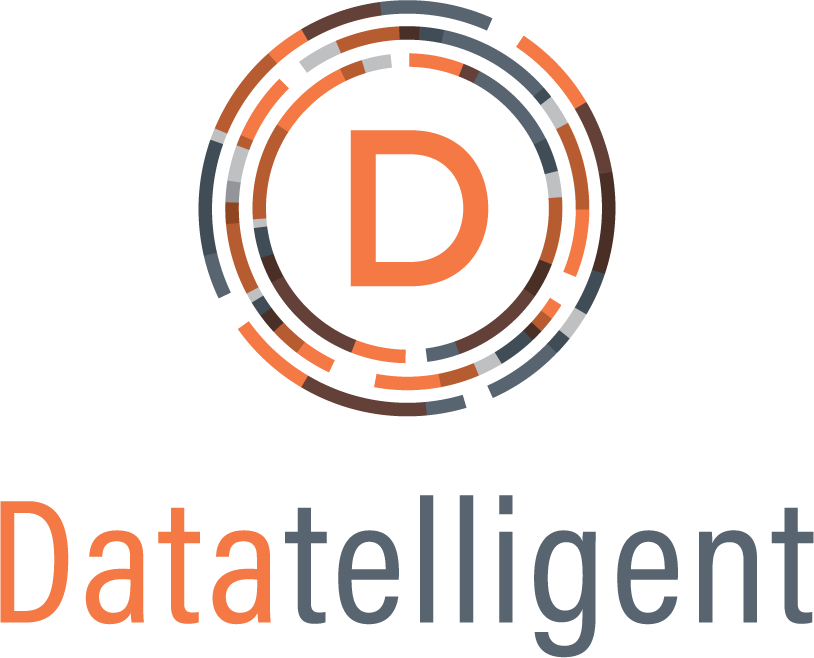What IS THE ENROLLMENT CLIFF
Higher education enrollment in the United States has been declining since 2010, a trend aggravated by the pandemic, resulting in a staggering 15% drop and the loss of 3 million students nationwide over a little more than a decade.1 Educators expected college students to come back once the pandemic lifted. Unfortunately, this has not happened due to a variety of reasons including students questioning the high cost and overall value of college to pending demographic shifts referred to as the Enrollment Cliff.
A Cliff? Yes, a decline in birthrates during the 2008 Great Recession equates to an estimated 15% drop (roughly 576,000 students) of 18-year-olds eligible to enroll in college starting in the Fall of 2025. As an article in Best Colleges put it, “The enrollment cliff poses a Darwinian threat to higher education, allowing only the wealthiest and market savviest to survive.” 2
ADDRESSING THE SHORTFALL
How can schools address this shortfall in available prospective students? In their analysis, Best Colleges identified characteristics of schools that are successfully navigating the Enrollment Cliff:
- Possess a deep understanding of their student body.
- Excel in fostering student success.
- Demonstrate adeptness in identifying and attracting students who are best suited for their programs.
- Remain attuned to emerging trends and popular programs among their students. 2
Those who know their students best will have the best data about their students. It’s only common sense.
aSSESS MARKET SAVVINESS
In a recent webinar with Datatelligent, Cowley College shared how they are grabbing the rope and rappelling gear in preparation for the cliff: they built a data-driven culture and started making data-informed decisions about their enrollment, retention, and student success.
“We were already seeing a lot of these challenges in enrollment and retention a few years ago, students questioning the value of Higher Education, poor management of our internal resources, and staffing challenges,” said Stefani Jones, Director of Student Enrollment and Success at Cowley College. “We asked ourselves, ‘how do we do what we need to do with what we have?'”
Seeing these trends, Cowley knew they needed to understand their students, and what types of students enrolled and thrived at Cowley. They also needed insight into the effectiveness of their marketing and recruitment strategies and activities. Like many institutions, the data about their students was scattered across different systems and compiled into spreadsheets and inadequate reports. They lacked the data insights they needed to make meaningful decisions to overcome enrollment challenges.
“It was difficult to tell what was working,” said Jones. “Whether it was marketing strategies or recruitment efforts, we couldn’t see if any of it related to an increase in student applications. We were doing everything manual and requesting reports we then had to compile.”
BECOME DATA DRIVEN
The team at Cowley, partnering with Datatelligent, built a platform that unifies their Data and provides Analytic Solutions. Using the Enrollment and Admissions Trends Solution, Jones states Cowley can see and act on the following:
- Track marketing and recruitment efforts and tie to enrollment trends. “We can see when we get an uptick in applications and tie it back to activities in the past two-week period to identify if our efforts are working.”
- Identify which undergraduate programs are trending. “We can now identify programs of study that are a hotter trend this year or in the upcoming semester. This allows us to work with Academics and help them to grow and move resources to the programs where we see student interest. “
- Insight into performance of high school partners. “We can finally see which high school partners are doing well and converting into enrolled students and identify which high school partners we need to get into a little more and provide additional services.”
KEEP STUDENTS YOU HAVE
Once marketers and recruiters have successfully attracted and enrolled students, it is critical that schools do everything they can to retain and help their students succeed. This is a key component to becoming a Data-Driven Culture. Leveraging the Student at Risk Solution, Jones explains how Cowley College has improved the student experience and increased retention by making real-time, data-informed decisions:
- Identify Students at Risk – based on a set of risk factors tailored to the trends and circumstances of your students, programs, and region or state. “We didn’t have in place the risk factors that advisors could act on and reach out to students proactively and see how they can help. Now we do. This helps in our retention efforts.”
- Real-time information about student and program performance – This allows you to quickly identify opportunities to improve the student experience. “At the end of the semester I would collect all the information advisors and Department chairs wanted to provide me about students and programs, and I would capture it all on spreadsheets. Everything was extremely manual.”
- Provide targeted, proactive intervention – “Prior to bringing our data and analytics to one platform, advisors would have to go to multiple tools to get the information on their students. Now it’s all in one place and very useful to the advisors and us.”
Conclusion
In the face of the Enrollment Cliff and the changing landscape of higher education, institutions must adopt a data-driven approach to navigate these challenges effectively. Cowley College’s proactive stance demonstrates the importance of understanding students, tracking trends, and making real-time, data-informed decisions. By unifying data and leveraging analytics, institutions can attract, retain, and foster student success amidst ongoing uncertainty. Embracing this mindset will be crucial for institutions to emerge as leaders in higher education’s evolving landscape.
REFERENCES
1. National Student Clearinghouse Research Center. Current Term Enrollment Estimates: Fall 2023 Expanded Edition. National Student Clearinghouse. https://nscresearchcenter.org/current-term-enrollment-estimates/. January 24, 2024. Accessed February 29, 2024.
2. Drozdowski MJ, Earnest D. Looming Enrollment Cliff Poses Serious Threat to Colleges. BestColleges.com. Published January 27, 2023. Accessed February 29, 2024. https://www.bestcolleges.com/blog/looming-enrollment-cliff-poses-serious-threat-to-colleges/





